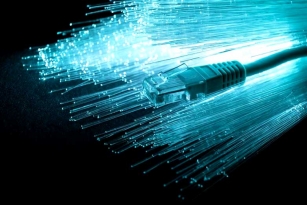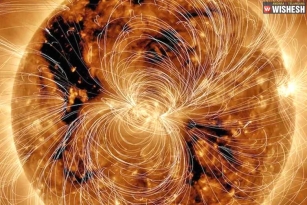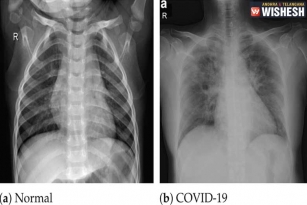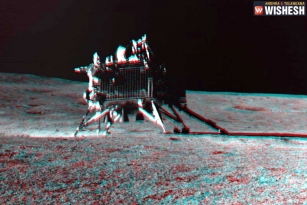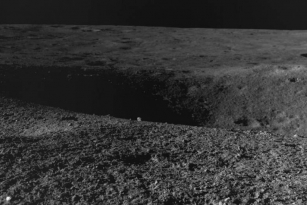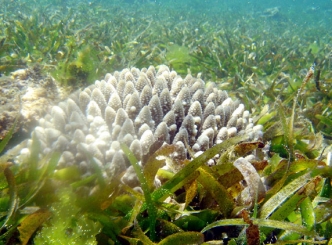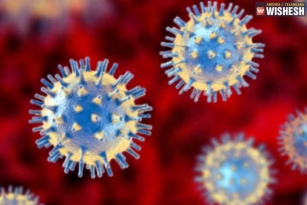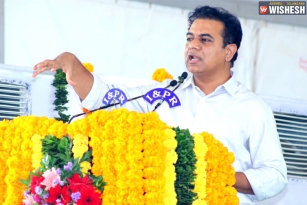
As per the Journal the Lancet Infectious Diseases, Scientists are close to finding the shot that protects against many strains of meningococcal B, the most prevalent cause of a rare but serious infection affecting brain and spinal cord membranes. The study was conducted by the team led by Peter Richmond, from the University of Western Australia (UWA). The trail was conducted on 539.

The dreaded disease could turn fatal or leave harmful affects if not treated immediately. The main symptoms are red spots, a rundown feeling, sudden high fever, severe headache, neck stiffness, nausea or vomiting, discomfort in bright lights, drowsiness or difficulty in awakening, joint pain, etc.

What the research says:
Meningococcal B can cause meningitis and blood poisoning and can progress very quickly with devastating effects. Children between the ages of one month and one year are most at risk from meningococcal with a second peak in adolescents. The trial data showed that the potential vaccine produced protective antibodies against 90 percent of the invasive meningococcus serogroup B strains tested. This phase two trial enrolled 539 healthy adolescents from 25 sites across Australia, Poland and Spain to test the safety and immune response of the lipoprotein 2086 vaccine. The bug's B strains account for more than 90 percent of meningococcal cases in Western Australia.

How the Vaccine will help:
The development of a vaccine to protect against multiple strains of meningococcal B is particularly important in Western Australia and in many regions of Europe and North America where this particular type of meningococcal disease is most prevalent.

For information:
The term meningitis refers to inflammation the meninges of the brain or spinaL cord. Meninges are any of the three membranes that envelope the brain and spinal cord. The disease meningitis is caused by a number of different bacteria and viruses. Bacterial causes include Haemophilus influenzae, Escherichia coli, Streptococcus pneumoniae, Streptococcus pyogenes, Staphylococcus aureus, and Neisseria meningitidis. Although a variety of cocci cause meningitis, the term meningococcus is reserved for the Gram-negative, bean-shaped diplococcus, Neisseria meningitidis. Like its relative N. gonorrhoeae, the organism tends to occur intracellularly in the cytoplasm of neutrophils which are attracted to the site of inflammation in the meninges, so this type of infection is called pyogenic or suppurative, to mean pus-forming. Marchiafava and Celli were the first to report observing Gram-negative diplococci in cerebrospinal fluid of a fatal case of meningitis in 1884. In 1887, Weichselbaum isolated the bacterium from six cases of meningitis and established the isolates as a distinct species and proven to be the cause of meningitis. (With Inputs from Internet- Aarkay)



